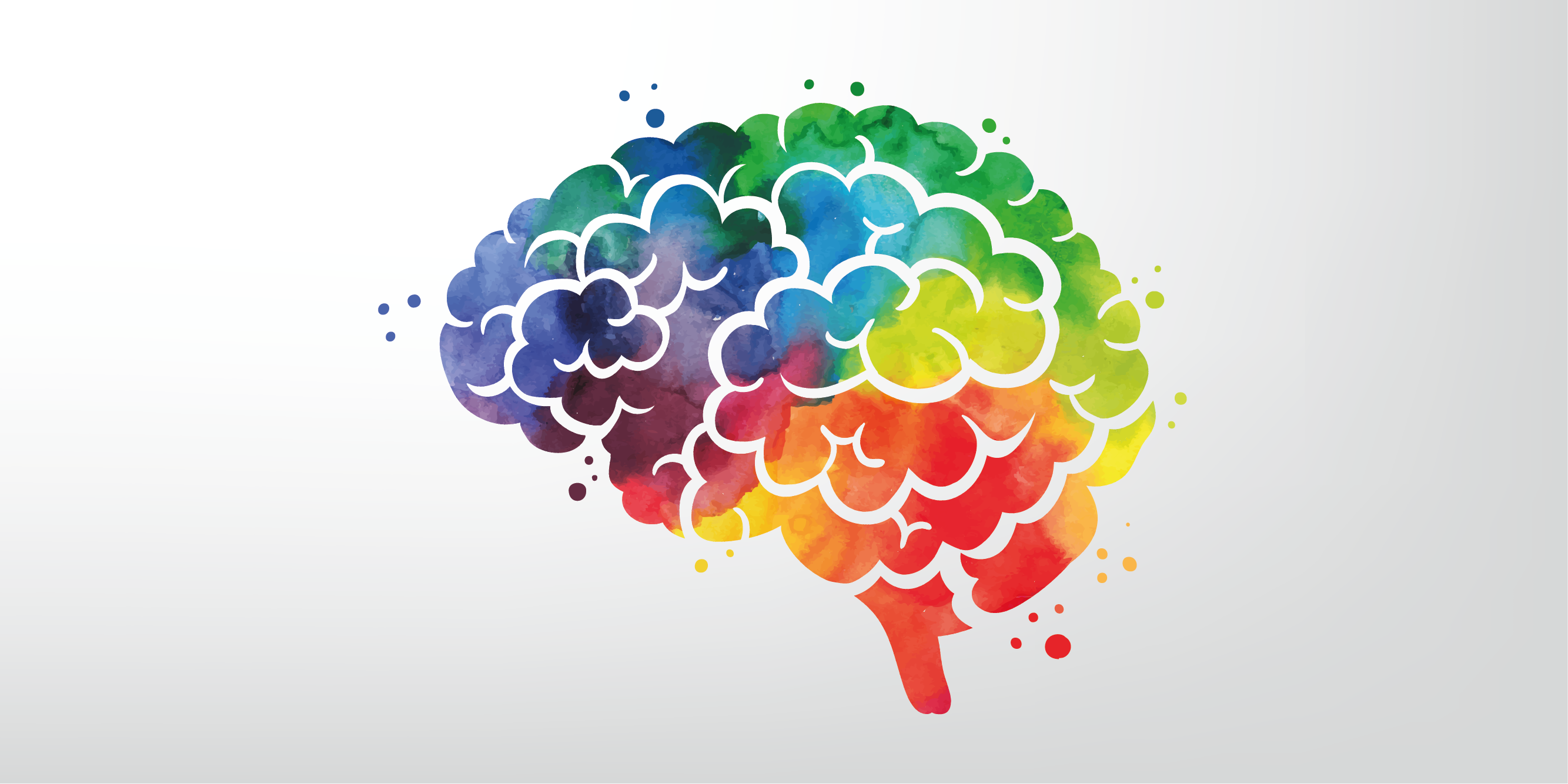8 marketing psychology tactics for B2C brands
Lindsay Keener
Brand Journalist

As a self-proclaimed lover of consumer psychology, I’ve grown increasingly fascinated by the topic over the last few months. That fascination has led me down a rabbit hole of curiosity, where I’m met with questions regarding consumer behavior, innovative marketing practices and branding.
My latest question revolved around whether there are common consumer psychology tactics that prove to be most beneficial for brands and customers. I found my answer via a great post by Maryville University on "10 Psychological Tactics for Impactful Marketing." The content is designed to highlight the value of marketing psychology and give concrete tips marketers can use to implement new knowledge in their marketing campaigns.
To build on the concept, I’ve included a number of Quikly blogs that speak on eight of the tactics below.
Tactic #1: Understand the buyer decision process
At its core, consumer psychology is the study of how consumers make their purchase decisions, establish usage habits and generally behave in relation to a product or brand. In short, it’s a pivotal step in understanding consumer behavior and the buyer decision process.
Once you’ve learned the basics of consumer psychology, the next step is to figure out how consumers make decisions. What brain science elements have the largest impact on consumer decision-making?
In my talks with a number of marketing and consumer psychology experts, we learned that the buyer decision process can be narrowed down to five key checkpoints:
These concepts can influence how purchases are made, but what makes a consumer buy a product can include a few different factors:
- Staging: Consumer has to be ready to absorb any information provided from the brand
- Immersion: Submerging the consumer in the shopping experience (For example, by making the experience entertaining, educational and exciting)
- Relevance: Information has to be important to the consumer
- Targeting: Identifying your target audience
- Call-to-action: Consumers need clear directions
Once you know what makes a consumer buy a product, persuading them to do so is much easier. In all things marketing-related, it’s important to keep ethics at the forefront of your practices, and persuasion is no different. It’s meant to be used as a guide to aid you in helping your customers make the best decisions.
As you do work on the persuasion step, consider the following:
- Brand credibility: Consumers may be more likely to purchase from brands that have credibility, either from being backed by years of experience, expert endorsements, awards, etc.
- Consumer emotions: Consumer emotions play a vital role in their decision-making.
- Logic: Consumers are able to easily use logic to associate value with your brand based on its credibility.
- Facilitate action: Incentivizing consumers to complete a simple call-to-action can help.
Tactic #2: Encourage quick decisions
Not every purchase is mulled over for weeks on end. In some cases, consumers are so compelled by the products being advertised or the marketing messages being shown that they quickly decide to commit fully.
This is a direct result of urgency marketing, a subform of consumer psychology that allows you to craft marketing promotions in a way that drives immediate consumer response.
Urgency marketing consists of psychological principles, such as: anticipation, scarcity, social proof and competition.
And it is most typically seen in the form of limited-time offers, countdown clocks and flash promotions. It is also the driving force of major shopping holidays like Black Friday and Amazon Prime Day.
A large contributing factor to the success of urgency marketing is that it makes people feel good. When a consumer is met with decisions that require their immediate attention, like sales that are coming to an end or expiration notifications, their brain automatically thinks about the most pleasurable solution: moving quickly. The faster a consumer moves to make a purchase, the faster they can reach an outcome that results in them having a product they’ll really enjoy.
Tactic #3: Utilize the Foot-in-the-door Technique
Gaining the attention of consumers is becoming increasingly difficult. The rise in brands, marketing messages and various outside influences can make it hard for brands to make and maintain contact with consumers.
Fortunately, there are tactics you can use to strengthen your customer relationships and increase your visibility. The "Foot-in-the-Door Technique" can be described as asking a small request of your customers to warm them up to a larger request.
When it’s time to ask your customers to complete a certain action, starting small can help you keep things simple and minimize any friction that might otherwise occur. One way of doing this is by offering your customers something of value that would make their purchase even better, but doesn’t scare them away. Quick-service restaurants (QSRs) often do this by asking customers if they’d like to add a drink or small pastry to their meal. A purchase like this is typically one that the customer would be interested in making anyway and doesn’t cause any extra strain on them.
Tactic #4: Choose powerful imagery
Humans are visual creatures, and social media has fully showcased just how powerful imagery can be in marketing.
If you want to combine marketing psychology tactics with your imagery, think of various ways that psychology can be leveraged through a photo or video. For instance, social proof can be displayed by showing lines of customers entering a store or a video of a customer reviewing a product. Urgency can be displayed in a graphic alerting social media users of a limited-time sale. No matter the tactic, you want to be sure you effectively articulate your message.
Tactic #5: Use language that promotes trust and reliability
Consumer behavior is often influenced by how comfortable consumers are with the brands they’re shopping with. Trust is a major factor in that comfortability, and it can be exercised in the language you use to communicate with your customers.
The psychology of language, or psycholinguistics, refers to an area of linguistics that focuses on how the human mind processes language. The type of language used has an influence on the degree in which we pay attention to messaging, how we relate to messaging and whether messaging is memorable or not. Language relates back to the awareness, memorability and likability of brands and has a strong impact on the brands that consumers choose.
Tactic #6: Appeal to emotions
If you want the attention of your customers, appealing to their emotions is a great way to do so.
Emotions drive the decision-making process. When customers feel emotionally connected to a brand (either as a result of brand love or relevance), they feel more confident in their decision to purchase a product or service.
When you trigger the right emotions in your customers, those feelings can engage your customers enough to encourage more purchases and increase sales. The goal is to create happy customers who feel compelled to shop with your brand again and again.
Tactic #7: Create belonging through exclusivity
Humans like having a sense of belonging — and we like it even better when we belong to an exclusive group.
According to a study by Alex Imas, Assistant Professor of Behavioral Science at Chicago Booth and Kristóf Madarász, professor of Managerial Economics and Strategy at London School of Economics, “a person’s desire for something is a reflection of how much others want it and how many of them can’t have it.”
Social proof is one psychological principle that speaks directly to this behavioral concept. It states that humans are more likely to be motivated by — and follow the lead of — other people. This is why we see people willing to wait in long lines for rare products or race to get items before anyone else.
Your brand doesn’t have to limit certain customers in order for it to offer certain elements of exclusivity. You can incorporate the same concept through your marketing channels. Examples include loyalty programs that are split into tiers based on how often a member interacts, early-bird customers getting a first-hand look at new product releases, or waiting lists.
Tactic #8: Create a brand personality that resonates with consumers
When it comes to marketing psychology, simply having a brand isn’t enough — you also want to be a brand with a relatable personality.
One common way to do this is to humanize your brand. This is the process of making your brand more human by emulating and connecting to the personality traits of your target audience. This could mean being a bubbly brand or honing in on more professional characteristics.
Creating a brand personality helps you connect with your customers emotionally, maintain strong relationships and influence sales.
Learning the basics of marketing psychology can take time, but it is certainly a lot easier when you have a few common tactics laid out in front of you. Each of the tactics, descriptions and links above are there to help you in your journey.
Lindsay Keener
Lindsay Keener is a brand journalist for Quikly. She covers stories that help to inform and educate consumer-facing marketers.
Lindsay Keener
Lindsay Keener is a brand journalist for Quikly. She covers stories that help to inform and educate consumer-facing marketers.

